It's ridiculously hot
Temperatures around the US and Europe have been scorching lately. Simply making it through the day can be dangerous. Excessive heat kills lots of people all over the world every year, and that problem seems to be getting worse.
To say runners need to be careful is a sweaty understatement. But yet, we want to run! We’d like to race, too. Whatever your running goals, there are steps you can take to both minimize your chances of getting into trouble and maximize your performance during race events.
Heat and performance
By one measure, once you’re running in temperatures above 60°F, every degree warmer adds 1.5 seconds to your perceived effort. That means running in 79°F weather can add 30 seconds per mile to your time verses a 55°F run. At least that’s what it’ll feel like. Others insist you should triple that number and add 90 seconds per mile once the temperature passes 80°F.
But what if it’s 100°F outside, like it’s been in large parts of the U.S.? Your usual run will be 1-3 minutes per mile slower and will feel just as hard. No matter how you calculate it, running and racing in the heat is tougher and potentially dangerous. For more detail on what the heat actually does, especially during hot weather races, check out this Trail Runner article.
What can you do?
The first thing to do when running in hot weather is slow down. Your perceived effort has a whole lot to do with your actual effort. Running the same tempo run at 105°F that you can run when it’s 50°F is a good way to head to the emergency room with heatstroke. Remember that 80% of your workouts should be run at a slow pace, so sometimes being forced to slow down can be a good thing.
I’m based in the Pacific Northwest where we normally don’t have lots of really hot days in a row. I can usually rearrange my tougher workouts so they fall on days between temperature spikes. Yes, I know that’s not possible in many places.
If you live in a place that hits the scorch threshold for days at a time, you’ll need to get serious about planning your workouts and races. Over the past ten years, a number of studies have shown that you can adapt to running in hot weather. By running for 60 minutes or more over 10-14 days in 85 degree heat or warmer, your body will gradually adapt. This doesn’t mean you can get to optimal race pace by acclimatizing, but this kind of heat work can help you avoid finishing your race on a stretcher.
By training in the heat over a 10-14 day period, your body will learn to sweat more and dissipate heat more efficiently. Some say that training in the heat can help race performance by increasing hot-weather oxygen flow. You just need to be smart and patient as you acclimatize. But what if you’re traveling to a hot-weather race? It’s been shown that getting in 10-14 30-minute sauna sessions can also help you adapt to running and racing in the heat.
Unfortunately, some places aren’t conducive to acclimatizing to the heat—I’m looking at you, Pacific Northwest. That’s because summer temperatures are typically in the 70s or 80s, and only occasionally spike into the 90s or higher for a few days. If this is the case, your body never really gets a chance to adjust to the heat. Unless you come from a cooler locale and plan to race in the heat, acclimatizing in a sauna doesn’t make that much sense. Consider moving intense workouts to days when it won’t be quite as hot.
Hydration and electrolytes
Hydration and sodium supplementation before and during longer workouts and races is key. If you’ve trained your body to sweat more, you need to train your body to drink more and replace salts you’ve jettisoned to the wind. The studies done on what dehydration does to your body are not pretty. Unless you’re a lab rat, it’s best to avoid a hard workout or race during a heat dome when you don’t have enough liquid on hand.
Carry a bottle, wear a water vest, plan route from water fountain to water fountain. Whatever you do, make sure you’re hydrated and fully electrolyted. If you’re racing in the heat, make sure you’ve trained your body to drink and consume what your body needs. You don’t want to experiment with yourself on race day. Speaking of races and fueling, it’s easier to take in liquid calories on hot days. So plan and train accordingly.
More hot-weather running ideas
What else can you do to stay cool in hot weather? Run early in the morning before the temperature climbs into the 90s or above. I mean, there’s nothing quite like a 4:30am run in July to catch the sunrise. Of course most races don’t usually start that early. Some runners use pre-race ice vests or mid-race ice bags on the back of the neck, wrists, or under a hat. Pouring water over your head and neck can help, as can full immersion into a cold lake or river. If that’s available.
You can also get up into the mountains for some miles of trail running. Like the basement of a house, you’ll often find cooler temps in higher elevations or on densely wooded trails. Just make sure you bring enough water and don’t work too hard.
No matter what, wear light-colored, fast-wicking clothing and a lightweight hat. I’ve appreciated seeing ultra runner Jim Walmsley rocking a bucket hat during the Western States 100.
If you don’t plan to race during excessive heat and just want to continue working out, you can always head to a gym (or your home) and jump on a treadmill. Air conditioning and well-aimed fans help a lot. Plus, it’s easier to keep ice in your water bottle.
After a scorching run, ice packs, iced drinks, and even an ice bath can help bring your core temp down. But just laying down under a tree can feel pretty dang good. Best of luck out there!
More About Vimazi
Here’s what Vimazi does
We make pace-tuned running shoes that provide better cushioning and more efficiency than previous generations of running shoes.
The physics of pace-tuned shoes
Back in 2017, while Vimazi CEO Scott Tucker was running to his 6am interval workout, he had an idea. A shoe made for a specific pace, he thought, might offer better cushioning and more propulsive efficiency than a generic shoe that wasn’t “tuned” for a particular pace.
It took three years to fully understand the physics of human running, and the forces that are generated. When we finally understood the physics, we built an equation that defines running forces. We’re now able to calculate the exact impact force and propulsion force, in Newtons, for any pace, including variations for height, weight, and cadence. (A Newton is a metric unit of force.) Data from the Forces in Running study we conducted aligned with the force calculations we got from the physics. In other words, we know it works.
Knowing the precise impact and propulsion forces at each pace, allowed us to create shoe models for different pace zones. So our pace-tuned technology is based on pure physics. No hand waving, no conjecture, no correlative studies, no self-reported data sets, no marketing fluff. We started with the physics of human running, and it led us to pace-tuned shoes.
The problem with previous gen running shoes
Most running shoes have the same foam density from heel to toe, and they’re sold to runners of every pace. The trouble is that midsole foam can’t respond correctly to the forces at all paces, and it can’t even respond appropriately to the differences between impact and propulsion forces. To make sure you get all the cushioning you want as well as all the efficiency you deserve, you need a shoe that’s made for a specific pace zone and tuned differently in the heel than the forefoot.
The Vimazi solution
Our solution to this running shoe problem was to create something that's never been done before—pace-tuned running shoes. In 2023, after years of testing, we launched seven road shoe models that span paces from 4:30 minutes per mile to 15 minutes per mile (2:50-9:30 minutes per kilometer). By making a shoe for a specific pace zone, we’ve been able to deliver better impact cushioning and propulsion efficiency for every runner.
25 years experience
We’ve taken everything we learned making running shoes for 25 years—and running marathons for even longer—and elevated it to a whole new level with pace tuning. It offers a better and more personal running experience. We were instrumental in creating shoes for Montrail, Scott Sports, and Pearl Izumi. We learned even more while owning a specialty running store and organizing running events.
A marathoner’s fit
Running shoes can have the best tech, but if they don’t fit well, nobody will wear them. We wouldn’t either! Not only have we spent our careers perfecting innovative fit technologies at other companies, notably at Montrail, we’re also life-long marathon runners ourselves. So we understand fit and know how critical it is, from heel to toe. Each of our models has been painstakingly designed and built with the perfect fit in mind. They’ve also been extensively road tested since 2019, including at the Boston, London, Portland, Missoula, San Antonio, and Two Oceans Marathons. We think you’ll love them.



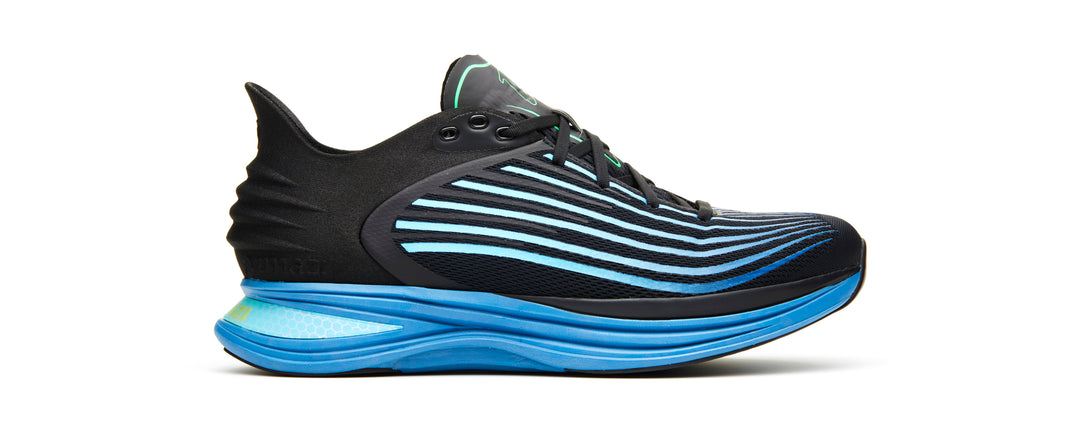
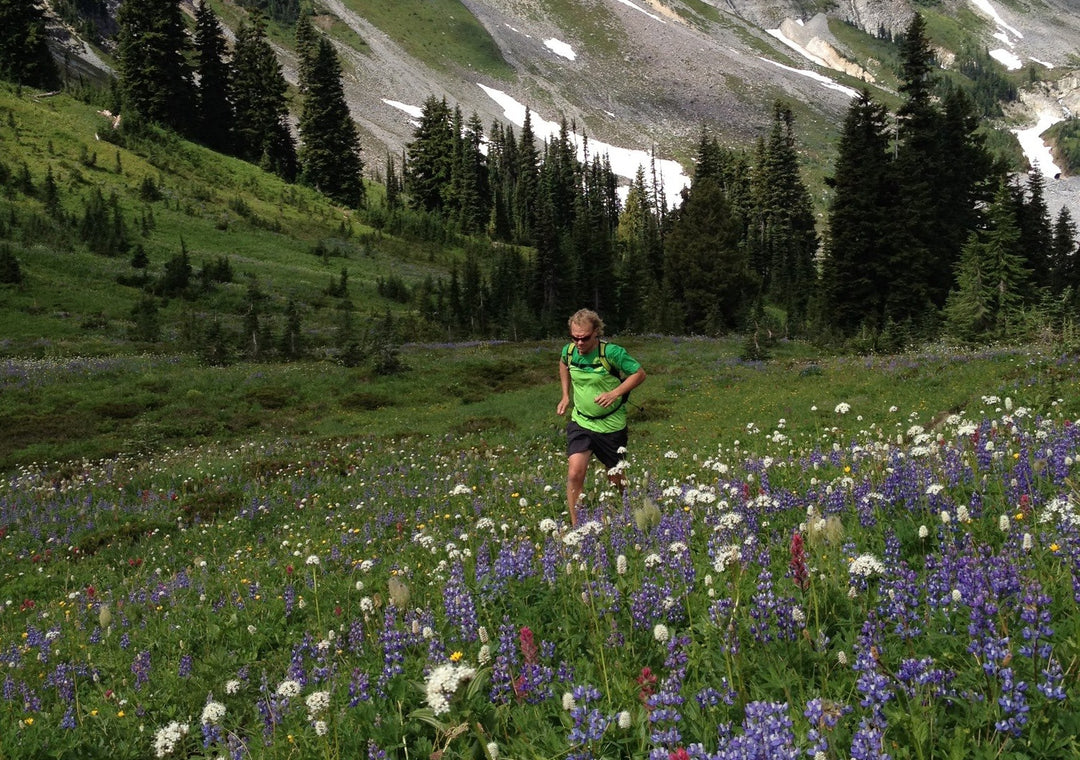
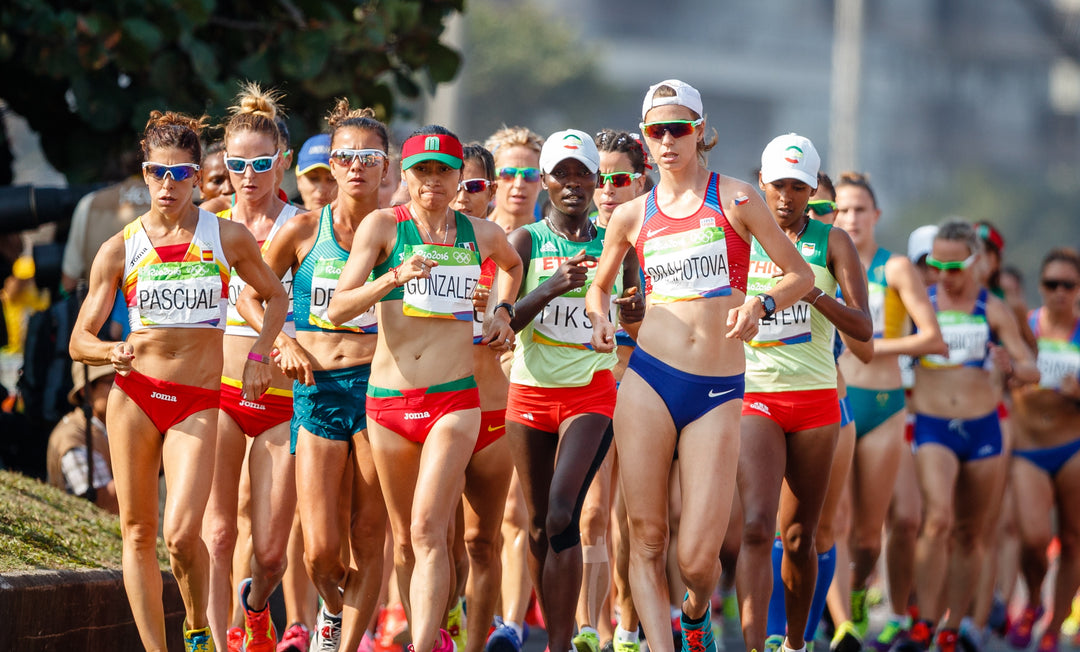
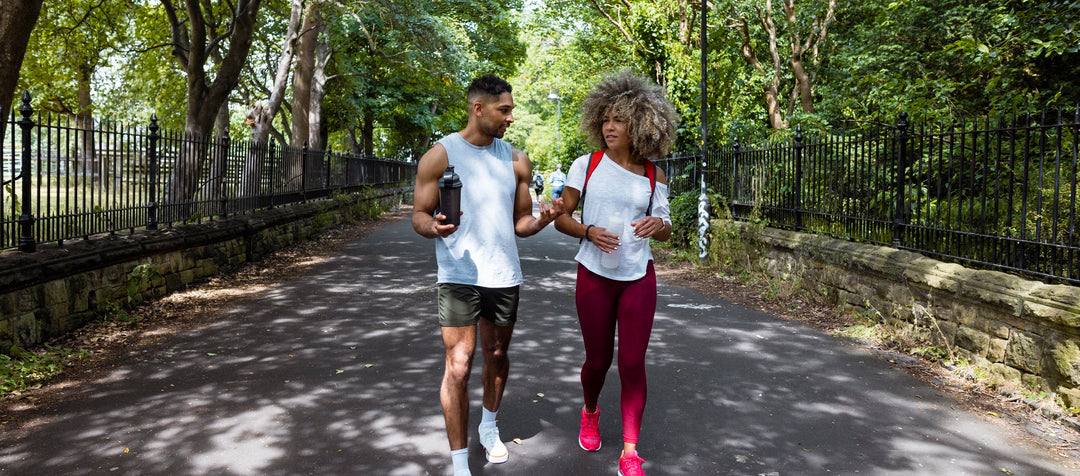
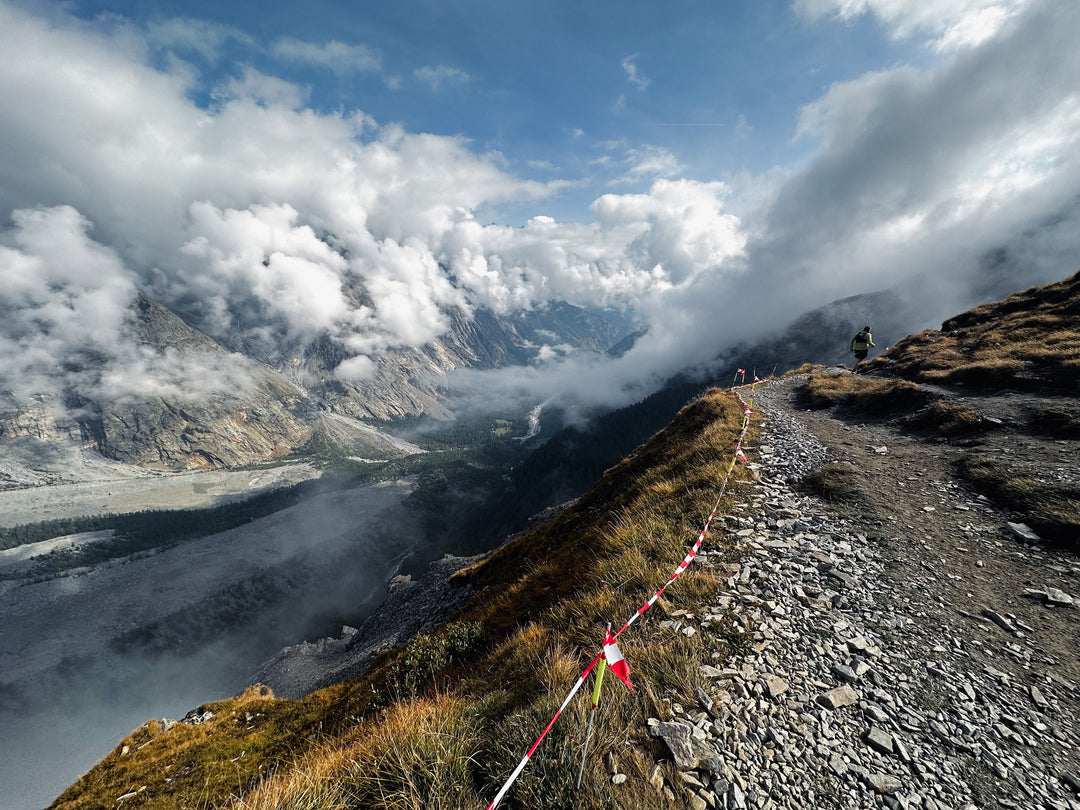

Leave a comment